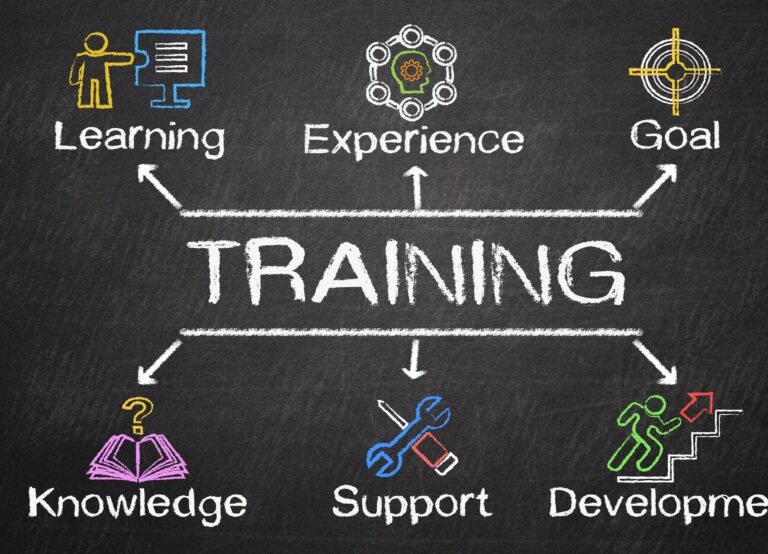The Importance of Evaluating Maritime Training Programs
Maritime companies invest substantial resources into training programs designed to keep crews competent, vessels safe, and operations efficient. But are you quantifying if this training is effective or not? Are you truly seeing measurable improvements, or are you simply assuming success? In this month’s article, we explore practical strategies to objectively evaluate maritime training programs, ensuring your investments translate into real-world results.
Setting Clear Objectives
Effective training begins with clearly defined objectives. Before launching any program, ask: What do we want to improve? Objectives might range from reducing near-miss incidents to enhancing response times during emergencies. Avoid broad goals like “increase safety” and aim for specific, time-bound outcomes—such as “shorten man-overboard response time by 15 seconds within three months.” In high-stakes situations, even minor time savings can mean the difference between a rescue and a loss. These well-defined targets give you something concrete to measure against and guide your training efforts toward outcomes that matter.
Tracking Data for Measurable Results
Once objectives are set, tracking the right data is key to knowing whether you’re hitting the mark. This means collecting and analyzing performance metrics before and after training sessions. Relevant indicators may include inspection results, compliance rates, or emergency drill times. For example, if a life preserver deployment in a man-overboard drill takes 20 seconds before training and drops to 14 seconds afterward, that’s quantifiable improvement. By anchoring your evaluation in real data, you move beyond assumptions and gain a clearer picture of how training impacts safety and readiness.
Gathering Crew Feedback
Feedback from crew members is invaluable for understanding the real-world impact of training. Consider using anonymous surveys to gather honest responses regarding the quality, relevance, and applicability of the training provided. In addition to gauging how confident mariners feel applying new knowledge onboard, invite them to challenge the effectiveness and completeness of the training itself. This kind of constructive critique not only encourages engagement but also directly shapes future sessions.
Practical Assessments for Real-World Performance
Observing how training translates into real-world performance is where theory meets practice. Practical assessments—such as unannounced drills, live simulations, or on-the-job evaluations—offer valuable insight into whether mariners are applying what they’ve learned. These documented observations create a performance baseline that helps identify both progress and gaps, reinforcing your commitment to measurable improvement.
Continuous Improvement and Transparency
Evaluating training shouldn’t be a one-time event. Instead, adopt a continuous-improvement mindset that treats training as an evolving process. Regularly review and update your training content, delivery methods, and tools. Transparency in communicating training outcomes is essential for fostering a culture of continuous improvement.
When training is treated as a living system, shaped by measurable goals, data-driven insights, frontline feedback, and real-world application, it becomes a powerful driver of safety and performance. By openly communicating what’s working and where gaps remain, organizations not only improve outcomes but build trust across the crew. This continuous loop of evaluation and refinement ensures that training doesn’t just check a box—it actively protects lives and strengthens operations where it matters most.
Thank you for reading, and until next time, sail safely!

